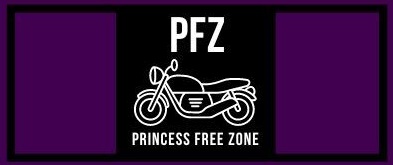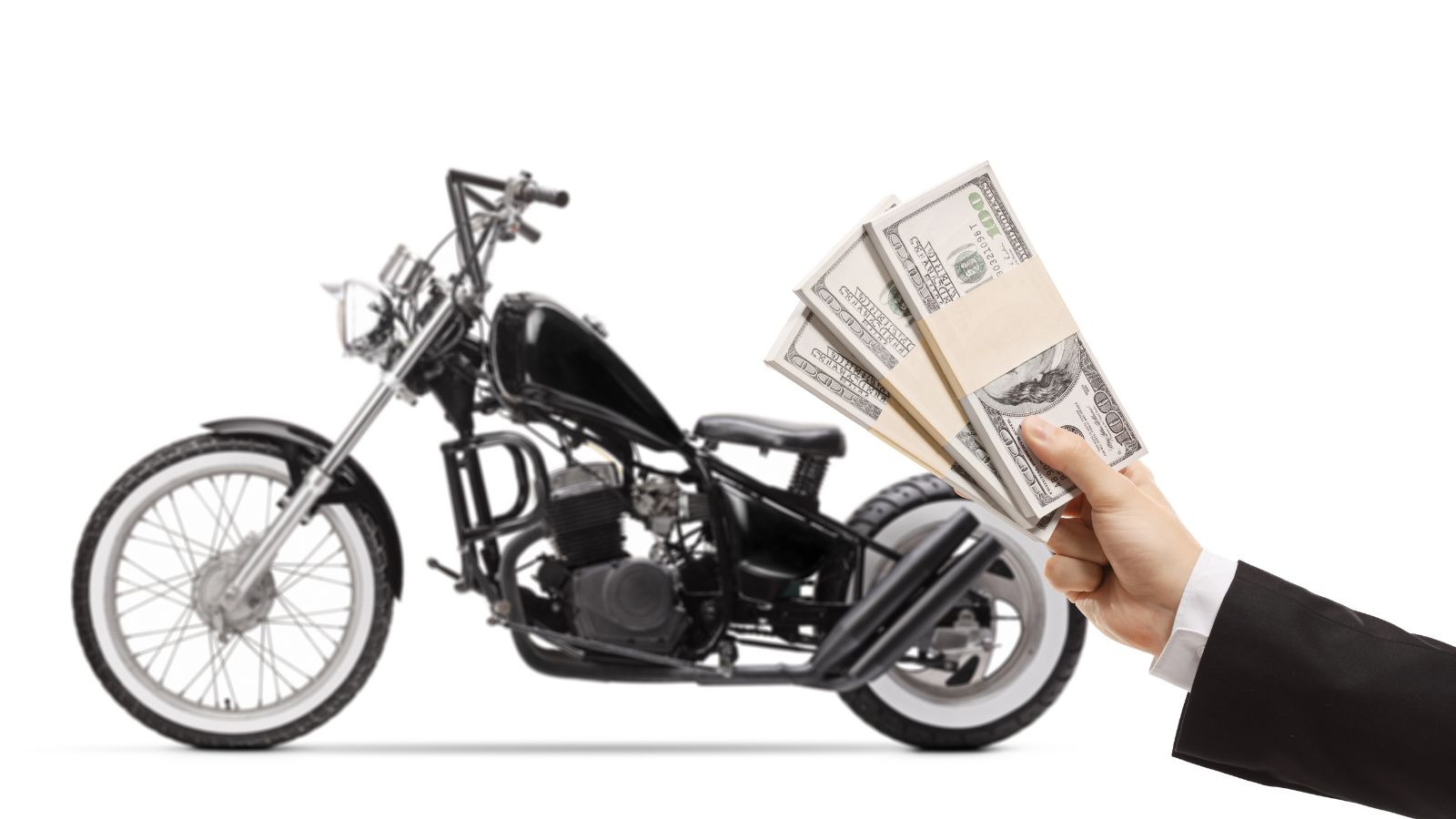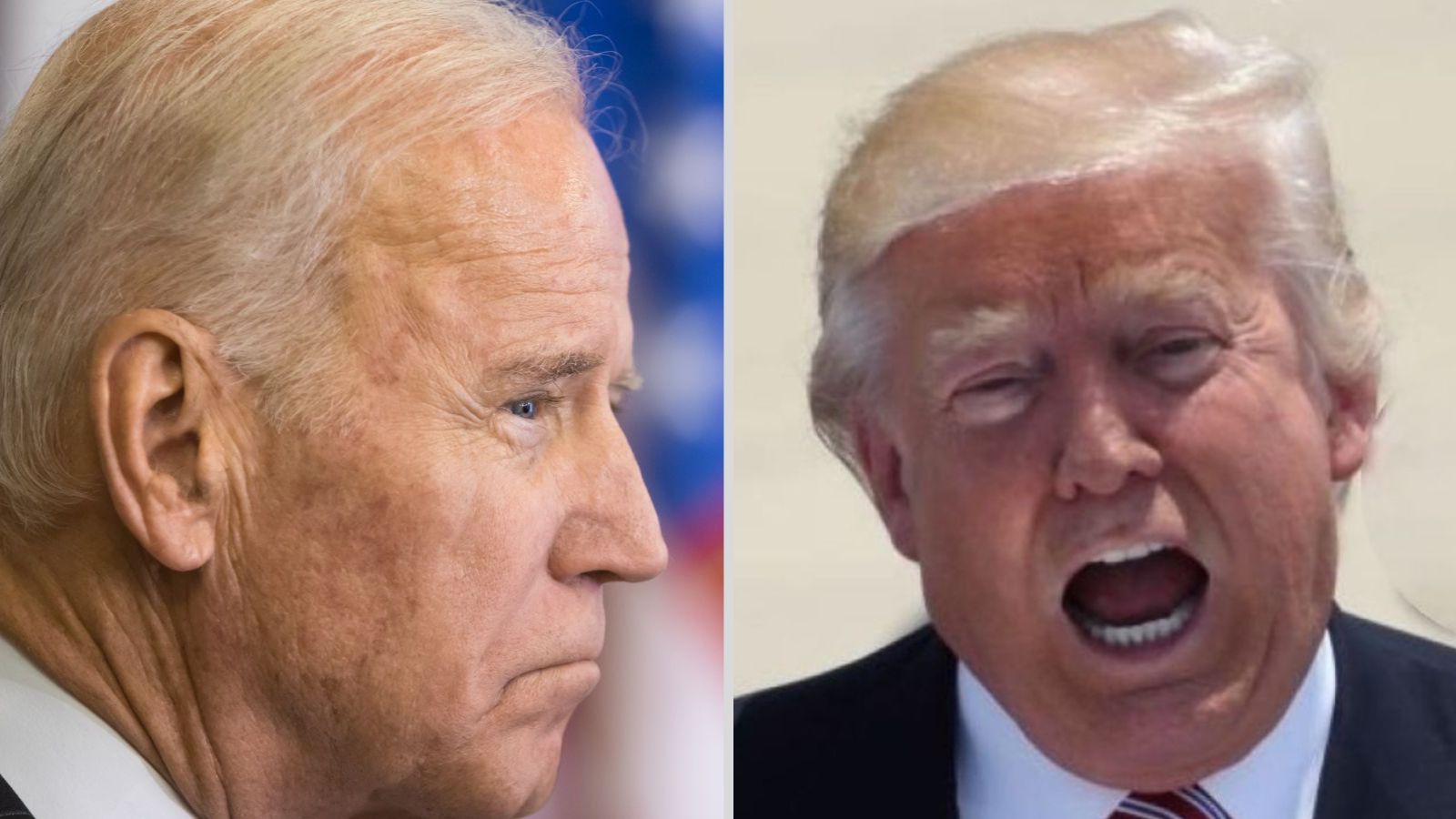Riding a motorcycle can be an exciting and liberating experience for women. However, before investing in a motorcycle, it’s important to consider the cost of owning and maintaining one. The cost of a motorcycle can vary depending on the make and model, but there are also other expenses to take into account, such as insurance, maintenance, and gear.
When it comes to insurance, women generally pay less than men for motorcycle insurance. This is because women are statistically less likely to get into accidents than men. However, insurance rates can still be expensive, especially for newer riders or those with a history of accidents or traffic violations. In addition to insurance, there are also maintenance costs to consider, such as regular oil changes, tire replacements, and other routine maintenance tasks.
Finally, gear is an important consideration when it comes to the cost of riding a motorcycle. Women’s motorcycle gear can be more expensive than men’s gear, but it’s important to invest in high-quality gear to ensure safety while riding. This includes a helmet, jacket, gloves, boots, and pants. Overall, while the cost of riding and maintaining a motorcycle may seem daunting at first, it’s important to carefully consider these expenses before making a decision to invest in a motorcycle.
The Cost of Purchasing a Motorcycle
When considering the cost of owning a motorcycle, the first expense that comes to mind is the purchase price. However, there are several factors to consider when determining the cost of purchasing a motorcycle.
New Bike vs Used Bike
The decision to purchase a new or used motorcycle can have a significant impact on the cost. A new bike will typically have a higher purchase price than a used bike, but it may come with a warranty and require less maintenance in the short term. A used bike, on the other hand, may have a lower purchase price, but it may require more maintenance and repairs in the long run.
Brand and Model Impact on Cost
The brand and model of the motorcycle can also impact the purchase price. Some brands and models are known for their reliability and durability, which can result in a higher purchase price. Other brands and models may have a lower purchase price but may require more maintenance and repairs.
One-Time Costs
In addition to the purchase price, there are several one-time costs to consider when purchasing a motorcycle. These may include:
- Sales tax: The sales tax on a motorcycle purchase can vary depending on the state and local tax rates.
- Registration and title fees: These fees are typically required when registering the motorcycle with the state.
- Insurance: Motorcycle insurance is required in most states and can vary in cost depending on the rider’s age, driving record, and the type of motorcycle.
Overall, the cost of purchasing a motorcycle can vary widely depending on several factors, including the decision to purchase a new or used bike, the brand and model, and the one-time costs associated with the purchase. It is important to carefully consider these factors and budget accordingly before making a purchase.
Maintenance Costs for Motorcycles
When it comes to owning a motorcycle, maintenance is an essential part of the experience. Regular maintenance, repairs, and servicing are all necessary to keep your bike in good condition and ensure it runs smoothly. Here is a breakdown of the maintenance costs associated with owning a motorcycle, specifically for women riders.
Regular Maintenance
Regular maintenance is necessary to keep your motorcycle running smoothly and to avoid costly repairs down the line. This includes tasks such as oil changes, chain adjustments, and tire inspection. The cost of regular maintenance can vary depending on the type of motorcycle you own and how often you ride it. On average, a basic oil change can cost between $50 and $100, while a chain adjustment can cost around $25 to $50.
Repairs and Servicing
Despite regular maintenance, repairs and servicing will be necessary at some point during the life of your motorcycle. Common repairs include brake pads replacement, valve adjustment, and filter replacement. The cost of repairs can vary depending on the extent of the damage and the type of motorcycle you own. On average, a brake pad replacement can cost around $150 to $300, while a valve adjustment can cost between $300 and $600.
Motorcycle Parts Replacement
At some point, parts on your motorcycle will need to be replaced due to wear and tear. This can include parts such as tires, brakes, and chains. The cost of parts replacement can vary depending on the type of motorcycle you own and the quality of the parts you choose. On average, a new set of tires can cost between $200 and $500, while a new chain can cost around $100 to $200.
Overall, the cost of maintaining a motorcycle can vary greatly depending on the type of motorcycle you own and how often you ride it. However, by staying on top of regular maintenance and addressing repairs promptly, you can keep your motorcycle running smoothly and avoid costly repairs down the line.
Cost of Motorcycle Gear and Accessories
When it comes to riding a motorcycle, having the right gear is crucial for safety and comfort. While it may seem like a significant investment upfront, the cost of motorcycle gear and accessories is essential for any rider, especially women. Here is a breakdown of the costs of some of the essential gear and accessories.
Safety Gear
Safety gear is the most crucial aspect of motorcycle riding, and it is essential to invest in high-quality gear that will protect the rider in case of an accident. The following are some of the most common safety gear items and their approximate costs:
- Helmet: A good quality motorcycle helmet can cost anywhere from $100 to $600 or more.
- Gloves: Motorcycle gloves can range from $20 to $200 depending on the material and quality.
- Boots: Motorcycle boots can cost anywhere from $50 to $500, depending on the style and quality.
- Jackets and pants: A good quality motorcycle jacket and pants can cost anywhere from $200 to $1000 or more, depending on the material and quality.
It is essential to invest in high-quality safety gear as it can make a significant difference in case of an accident.
Motorcycle Touring Accessories
For those who enjoy long-distance motorcycle rides, having the right touring accessories can make all the difference in comfort and convenience. The following are some of the most common motorcycle touring accessories and their approximate costs:
- Saddlebags: Saddlebags can range from $50 to $500 depending on the size and quality.
- Tank bags: Tank bags can cost anywhere from $30 to $300 depending on the size and quality.
- GPS: A good quality motorcycle GPS can cost anywhere from $200 to $1000 or more.
- Communication systems: Communication systems can range from $100 to $1000 or more, depending on the quality and features.
While touring accessories are not essential for every rider, they can significantly enhance the riding experience, especially for those who enjoy long-distance rides.
Overall, the cost of motorcycle gear and accessories can vary greatly depending on the quality and features. However, investing in high-quality gear is essential for safety and comfort while riding.
Motorcycle Insurance Costs
When it comes to owning a motorcycle, insurance is an important consideration. Insurance costs can vary widely depending on several factors. This section will cover the factors affecting insurance cost and the types of motorcycle insurance available.
Factors Affecting Insurance Cost
The following factors can affect the cost of motorcycle insurance:
- Age: Younger riders typically pay more for insurance than older riders.
- Driving record: A clean driving record can result in lower insurance premiums.
- Type of motorcycle: Insurance costs can vary depending on the type of motorcycle, with higher-performance bikes typically costing more to insure.
- Location: Insurance rates can vary depending on the location of the rider.
- Coverage options: The more coverage options a rider chooses, the higher the insurance premium.
Types of Motorcycle Insurance
There are several types of motorcycle insurance available:
- Liability insurance: This is the most basic type of insurance and covers damages or injuries to other people or property in the event of an accident.
- Collision insurance: This type of insurance covers damages to the rider’s motorcycle in the event of an accident.
- Comprehensive insurance: This type of insurance covers non-collision damages to the rider’s motorcycle, such as theft or vandalism.
- Uninsured/underinsured motorist insurance: This type of insurance covers damages or injuries to the rider in the event of an accident with an uninsured or underinsured driver.
When choosing motorcycle insurance, it is important to consider the level of coverage needed and the associated costs. Riders should compare quotes from multiple insurance providers to find the best coverage at the most affordable price.
Ongoing Costs of Owning a Motorcycle
When it comes to owning a motorcycle, there are several ongoing costs that a motorcycle owner needs to consider. These costs include fuel costs, depreciation and resale value, and hidden costs.
Fuel Costs
Fuel costs are a significant ongoing expense for motorcycle owners. The amount of fuel consumed by a motorcycle depends on various factors, including the engine size, riding style, and terrain. On average, a motorcycle can travel between 40 and 60 miles per gallon of fuel. Therefore, a motorcycle owner can expect to spend around $10 to $15 per week on fuel, depending on the frequency and distance of their rides.
Depreciation and Resale Value
Like any other vehicle, a motorcycle’s value depreciates over time. The depreciation rate depends on various factors, including the make and model of the motorcycle, the condition of the motorcycle, and the mileage. On average, a motorcycle’s value depreciates by around 15% to 20% in the first year and around 10% each year thereafter.
However, some motorcycle models hold their value better than others. For example, Harley-Davidson motorcycles tend to hold their value better than other brands. Therefore, a motorcycle owner needs to consider the depreciation rate and the resale value when purchasing a motorcycle.
Hidden Costs
In addition to fuel costs and depreciation, there are several hidden costs associated with owning a motorcycle. These costs include insurance, maintenance, and repairs.
Insurance is a legal requirement for motorcycle owners. The cost of insurance depends on various factors, including the make and model of the motorcycle, the age and driving history of the rider, and the location. On average, a motorcycle owner can expect to pay around $500 to $1,000 per year for insurance.
Maintenance and repairs are also ongoing costs associated with owning a motorcycle. Regular maintenance, such as oil changes and tire replacements, can cost around $500 to $1,000 per year. However, the cost of repairs can vary significantly depending on the extent of the damage.
In conclusion, owning a motorcycle comes with various ongoing costs, including fuel costs, depreciation and resale value, and hidden costs. A motorcycle owner needs to consider these costs when purchasing and maintaining a motorcycle.
Impact of Riding Style and Conditions on Costs
Effect of Mileage on Costs
Mileage is a significant factor that affects the cost of riding and maintaining a motorcycle. The more miles a rider puts on their bike, the more they will spend on maintenance and repairs. Regular maintenance, such as oil changes, tire replacements, and brake pad replacements, is necessary to keep a motorcycle in good condition and ensure that it operates safely. As a result, a rider who puts more miles on their motorcycle will spend more money on these routine maintenance tasks.
Additionally, the more miles a rider puts on their motorcycle, the more frequently they will need to replace certain parts. For example, a chain and sprocket set will need to be replaced more frequently if a rider puts many miles on their motorcycle. These parts can be expensive to replace, so riders who put more miles on their motorcycle will spend more money on maintenance and repairs overall.
Impact of Weather Conditions
Weather conditions can also impact the cost of riding and maintaining a motorcycle. Rain, wind, and stones on the road can all cause damage to a motorcycle, which can result in costly repairs. Rain can cause rust and corrosion on metal parts, while wind can knock a motorcycle over, causing damage to the body and other parts. Stones on the road can cause dents and scratches to the body of the motorcycle.
To mitigate the impact of weather conditions on motorcycle maintenance costs, riders can take certain precautions. For example, they can invest in a cover to protect their motorcycle from rain and wind when it is parked. They can also take care to avoid riding in bad weather conditions whenever possible, especially if they are riding on unfamiliar roads.
Overall, the impact of riding style and conditions on the cost of riding and maintaining a motorcycle for women is significant. Riders who put more miles on their motorcycle and ride in bad weather conditions will spend more money on maintenance and repairs. However, by taking certain precautions, riders can reduce the impact of these factors on their overall costs.
Safety Considerations and Costs
Safety Courses
Taking a safety course is highly recommended for anyone who wants to ride a motorcycle. These courses teach riders how to handle their bikes safely and avoid accidents. They also provide valuable information on how to properly maintain and care for a motorcycle.
There are several types of safety courses available, including those offered by the Motorcycle Safety Foundation (MSF). These courses are typically offered at a reasonable cost and can be completed in just a few days.
Potential Costs of Accidents and Injuries
While riding a motorcycle can be an enjoyable experience, it’s important to consider the potential costs of accidents and injuries. Motorcycle accidents can result in serious injuries, including head trauma and spinal cord injuries. These injuries can be expensive to treat and may require ongoing medical care.
In addition to the cost of medical treatment, riders may also face other expenses following an accident, such as repair costs for their motorcycle and lost wages from time off work. This is why it’s important to have proper insurance coverage.
Wearing appropriate safety gear, such as helmets that meet DOT or Snell standards, can also help reduce the risk of injuries in the event of an accident. While these helmets may be more expensive than other options, they provide superior protection and are worth the investment.
Overall, while there are certainly costs associated with riding and maintaining a motorcycle, taking the necessary safety precautions and being prepared for potential accidents can help minimize these costs in the long run.
Conclusion
In conclusion, riding and maintaining a motorcycle can be a great experience for women. However, it is important to consider the costs associated with owning and operating a motorcycle.
The cost of purchasing a motorcycle can vary greatly depending on the brand, model, and year. Additionally, the cost of insurance, maintenance, and repairs can add up over time. It is important to carefully consider these costs before making a purchase.
When it comes to maintenance, regular oil changes, tire replacements, and brake pad replacements are necessary to keep a motorcycle running smoothly. These costs can vary depending on the type of motorcycle and the frequency of use.
Overall, while the cost of owning and maintaining a motorcycle can be significant, it can also be a rewarding experience for women who enjoy the freedom and independence that comes with riding.













